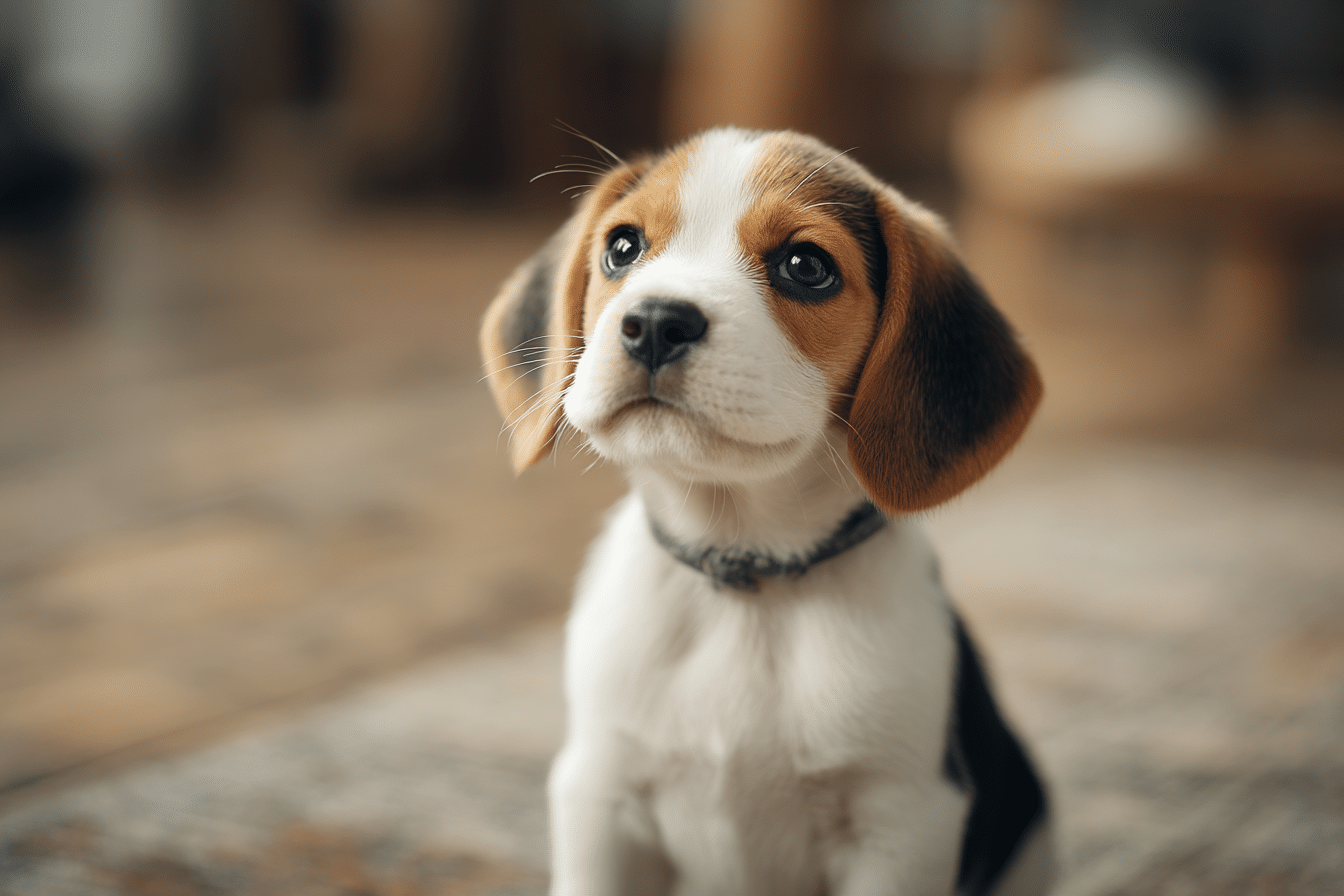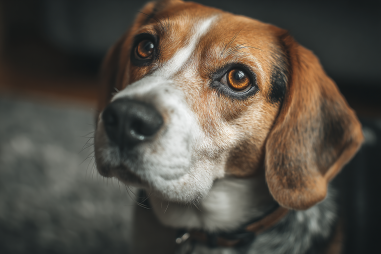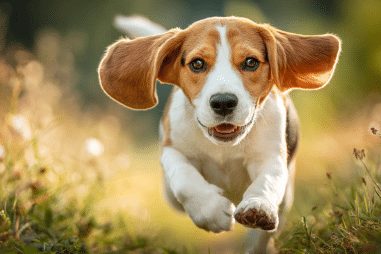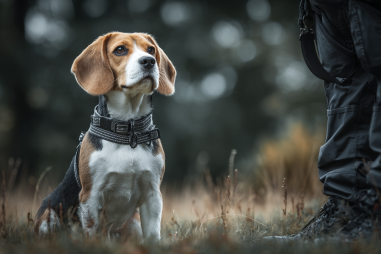Training a Beagle puppy can be a joyful yet challenging experience for any dog owner. Known for their intelligence, curiosity, and high energy levels, Beagles require patience and consistent guidance to help them develop good habits. Whether you’re a first-time Beagle owner or looking to refine your training techniques, understanding the unique traits of this breed is key to success. Below are seven essential Beagle puppy training tips that will guide you in raising a well-behaved and happy furry friend.
Understanding Beagle Puppy Behavior
Beagles are scent hounds, bred originally for hunting and tracking, which means they have an incredibly strong sense of smell and a natural curiosity about their environment. This innate trait often leads to distraction during training sessions if not managed properly. Beagle puppies also tend to be energetic, playful, and sometimes a bit vocal. Understanding these behaviors is crucial for tailoring your training methods effectively.
Because they are so driven by scent, they may wander off or get easily sidetracked by interesting smells. This can make recall training and leash walking more difficult compared to some other breeds. However, their intelligence also means they are quick learners when motivated correctly.
Importance of Early Socialization
Early socialization is a foundational aspect of any dog’s training plan, and it’s especially important for Beagle puppies. Introducing your puppy to a variety of people, animals, environments, sounds, and experiences during the critical socialization period (typically 3 to 14 weeks of age) helps them grow into confident and well-adjusted adults.
Without proper socialization, Beagles can become timid, anxious, or overly excitable. Take your puppy to dog-friendly parks, invite friends over, and expose them to different scenarios. Just make sure all experiences are positive and gradual to avoid overwhelming your puppy.
Consistency in Commands and Rewards
Consistency is a key principle in training any dog, but it’s especially vital with Beagle puppies due to their playful nature and occasional stubbornness. Always use the same commands for specific behaviors to avoid confusing your puppy. For example, if you choose “sit,” don’t switch to “sit down” later on.
Additionally, be consistent with rewards. Reward your puppy promptly when they comply with a command to reinforce the association between behavior and positive outcomes. Over time, this repetition helps your Beagle remember expectations and build trust in what you want them to do.
Using Positive Reinforcement Effectively
Positive reinforcement is by far the most effective and humane way to train Beagle puppies. This method rewards a desirable behavior immediately, encouraging your puppy to repeat the action. Treats, praise, petting, or playtime can serve as rewards.
Keep plenty of small, tasty treats handy during training, and always give lots of verbal encouragement. Beagles respond wonderfully to enthusiasm and affection from their owners. Avoid punishment or harsh corrections, as Beagles can become fearful or stubborn, making training more difficult.
Housebreaking and Crate Training Tips
Housebreaking your Beagle puppy may take time, but patience and routine can make a big difference. Establish a consistent schedule for feeding, potty breaks, and nighttime sleeping. Take your puppy outside frequently, especially after meals, naps, or playtime, and praise them immediately after they eliminate in the right spot.
Crate training is a valuable tool when housebreaking a Beagle. A crate provides a safe, secure den-like space for your puppy, which can reduce accidents inside the house. Make the crate comfortable and welcoming, never using it as punishment. Gradually increase the time your puppy spends in the crate to build their comfort and help prevent separation anxiety.
Managing Beagle Puppy Energy Levels
Beagles are high-energy dogs with a lot of stamina, so allowing them to burn off energy is essential for successful training and overall well-being. Regular exercise can reduce destructive behaviors stemming from boredom or excess energy.
Provide daily physical activities like walks, fetch, or interactive play. Additionally, mental stimulation through puzzle toys, scent games, and basic obedience training challenges their mind and helps channel their natural instincts productively.
Dealing with Stubbornness in Training
It’s common for Beagle puppies to show moments of stubbornness. Their independent streak means they sometimes test boundaries or choose to follow their nose instead of listening. When faced with stubborn behavior, remain patient and calm.
Break training tasks into smaller steps and reward even slight progress to keep your puppy motivated. Keep training sessions short and fun to maintain their attention. Avoid frustration or punishment, as these can cause setbacks or reluctance to obey.
Staying on Track: Tips for Continued Progress
- Maintain a regular training schedule to reinforce learned behaviors.
- Continue socialization opportunities throughout your Beagle’s life.
- Keep training sessions upbeat and varied to sustain interest.
- Use a calm and confident demeanor to lead through challenges.
- Seek help from professional trainers if you encounter persistent difficulties.
Remember, training your Beagle puppy is a journey that requires patience, consistency, and lots of positive encouragement. With the right approach, your curious and energetic Beagle will grow into a loving, obedient companion.







